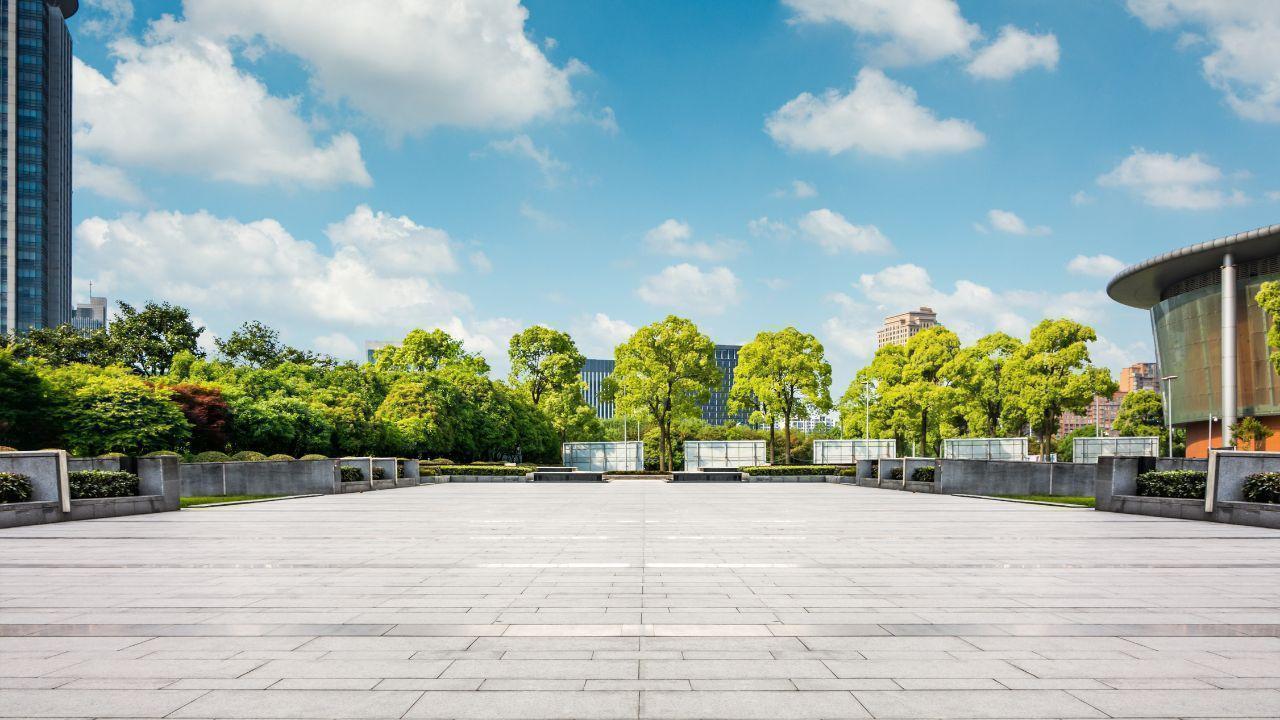
Post by : Vansh
Across Asia, a quiet but important change is happening in how cities are being built. In a region known for big buildings and fast development, some cities are proving that growth doesn’t have to harm nature. Today, Singapore and Hong Kong are leading by example with a new way of building called regenerative design. This means building cities in a way that not only protects nature but actually helps repair it.
For many years, cities have tried to use sustainable design, which means building in a way that does less harm to the environment. But now, the idea is moving a step ahead. Regenerative design means buildings and roads are made to improve nature, increase plants and animals, and fix the damage that has already been done.
Singapore is already famous for its green city planning, but its new project, the Labrador Tower, is a great example of how to build while helping nature. The Labrador Tower is located on Singapore’s southern coast. It is not just another tall building — it is made to help the environment.
The building has gardens on its rooftops and terraces, which give homes to birds, bees, and butterflies. It also collects rainwater, helping to save water and reduce flooding. The building uses smart materials and energy-saving systems to cut pollution.
What makes this project truly special is how it takes care of the land around it. The builders have worked with nature experts to protect the nearby mangroves, coral reefs, and coastline. They want the plants and animals in the area to grow and be safe.
The Labrador Tower shows that a city can be modern and green at the same time. It proves that buildings and nature can exist together.
Hong Kong is one of the most crowded cities in the world, but it is also working hard to build in a way that helps nature. The new I·PARK1 project is a great example. This area used to be full of factories, but now it is being turned into a green, modern space that gives back to the environment.
The project includes large gardens on rooftops, vertical gardens on buildings, and public parks for people to enjoy. These green spaces clean the air, reduce heat, and provide homes for birds and other animals.
The project also works to fix nearby wetlands and protect old trees and water bodies. The idea is simple — even busy cities can be built in a way that helps nature heal.
With I·PARK1, Hong Kong is showing that even the most crowded places can be made better for both people and the environment.
Asia is home to more than half of all the people living in cities worldwide. Cities like Jakarta, Bangkok, Manila, and Mumbai are growing fast. But with this growth comes problems like pollution, fewer trees, and more flooding and heat.
Regenerative design is a good solution to these problems. It doesn’t just slow down damage to nature — it helps fix it. It means building cities that work with nature, not against it.
Singapore and Hong Kong’s efforts are making other cities in Asia think differently. More leaders, builders, and architects are seeing how building this way helps not only nature but also people’s health, safety, and happiness.
Building in a way that helps nature doesn’t just help the planet — it also makes life better for people. Green spaces and parks clean the air and give people places to relax. Restoring wetlands and planting trees help protect cities from floods and storms. Trees and green areas also cool the city during heatwaves.
These projects also create jobs in green industries, bring tourists, and improve the city’s reputation. Simply put, building to help nature heal is not just good for the environment — it is good for business, health, and the future of the city.
The examples set by Singapore and Hong Kong show that cities can grow without harming the environment. With smart planning, good leadership, and new ideas, cities can help fight climate change, not make it worse.
As the weather becomes more extreme and the effects of climate change become clearer, other cities in Asia are likely to follow this path. From green towers to restored forests and wetlands, the future can be one where cities and nature grow together.
This is just the beginning. But one thing is clear — Singapore and Hong Kong are leading the way, showing how cities can grow and help nature heal at the same time. They are setting a good example for other cities to follow.
The information provided in this article is based on publicly available sources and expert opinions. MiddleEastBulletin is not responsible for any changes, updates, or inaccuracies in the details. Readers are advised to verify facts from official sources before making any conclusions.










Luis Rubiales Egged at His Book Launch in Madrid
Luis Rubiales faced an egg-throwing incident by his uncle during his book launch, further complicati

Kai Trump Struggles in LPGA Debut, Reflects on Experience
Kai Trump finished her LPGA debut with a score of 83, learning valuable lessons amid significant att

Kansas State Edges Past Cal 99-96 in Thrilling Encounter
Kansas State narrowly defeats Cal 99-96, with Haggerty's standout performance crucial to the Wildcat

Suns Dominate Pacers with Stellar Performance from Booker
The Suns secure a decisive victory over the Pacers, with Devin Booker showcasing his talent and exte

Injury-Stricken Clippers Battle Mavericks in NBA Cup Clash
Both the Clippers and Mavericks face injury struggles as they meet in an NBA Cup showdown, eager to

Seton Hall Secures Victory Over Monmouth with Dominant Second Half
Seton Hall overcame Monmouth 70-58, allowing just four field goals in the second half. TJ Simpkins l